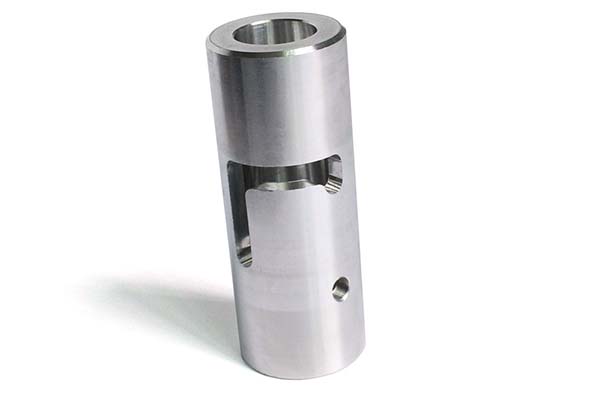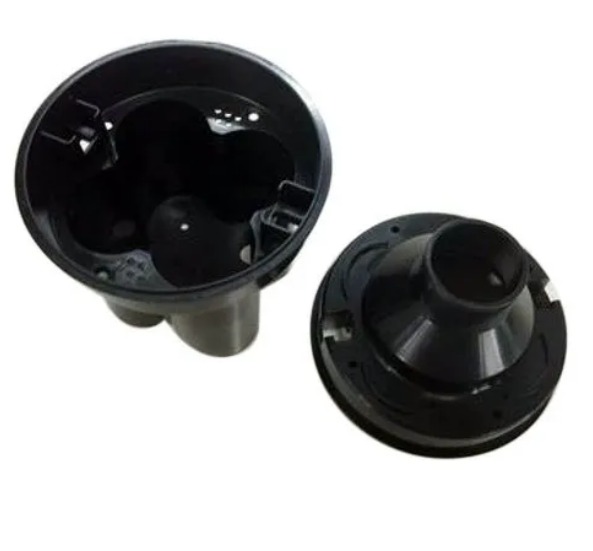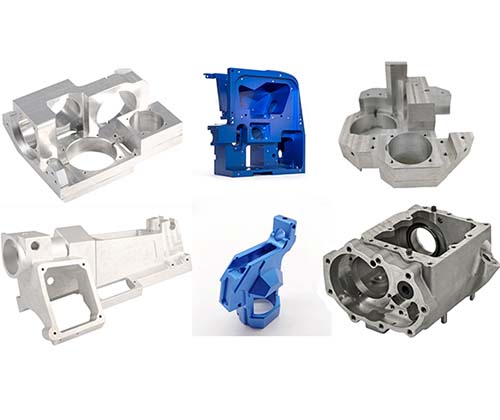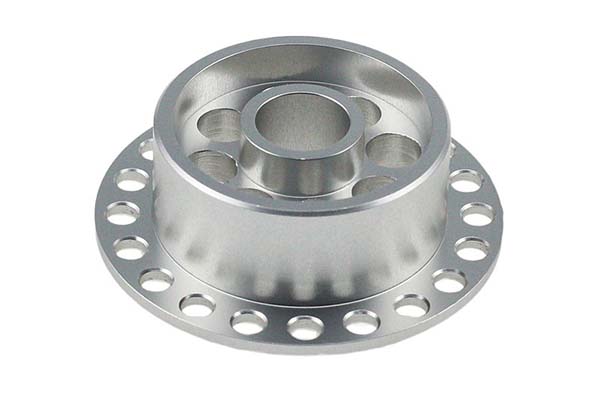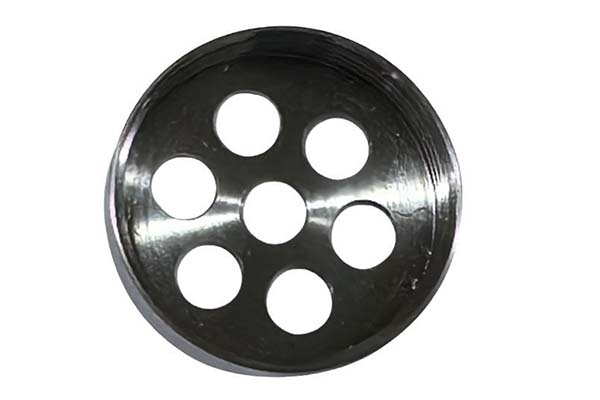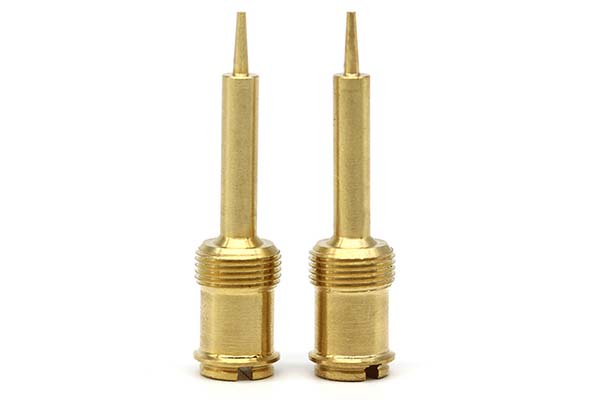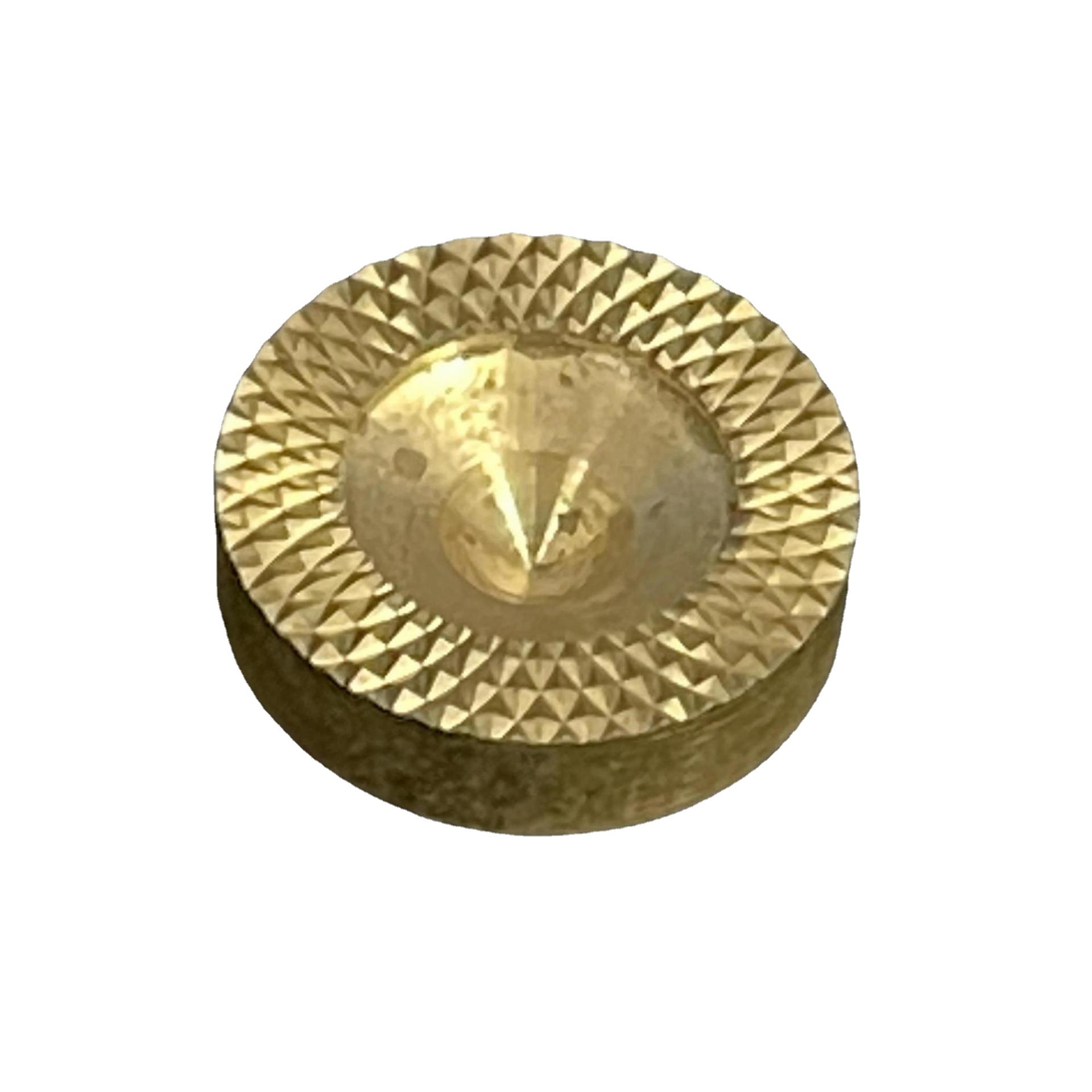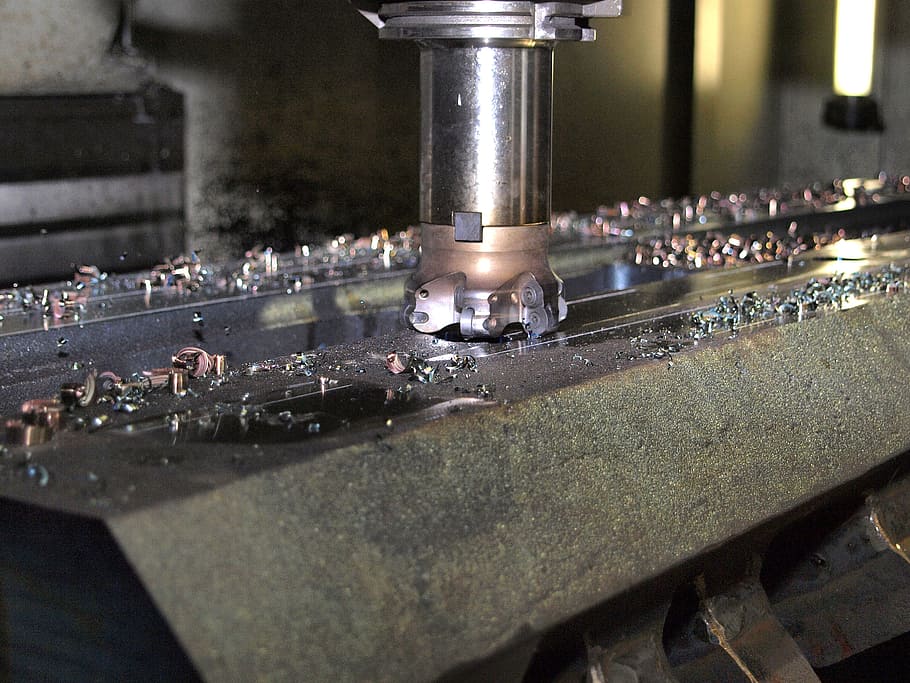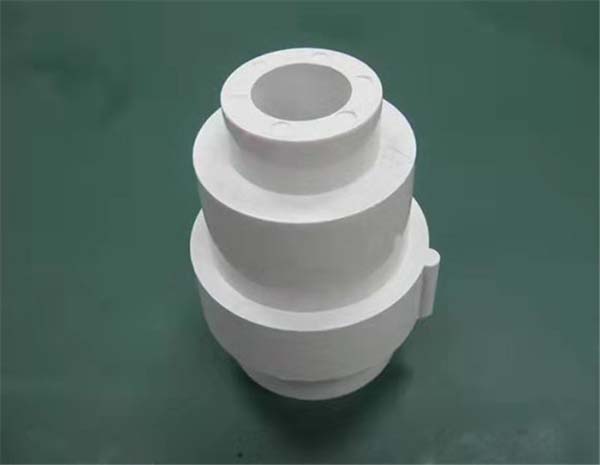CNC machining of aluminum presents unique challenges tied to its diverse alloy properties and machining behavior. Its high thermal conductivity causes heat to dissipate rapidly, but localized heat at the cutting edge can still soften the material, leading to built-up edge (BUE) and poor surface finish if feed rates and spindle speeds are not optimized. Different aluminum alloys, such as 6061 and 7075, exhibit varying machinability—7075’s higher strength increases tool wear, while 6061’s lower hardness can cause chip welding to tools. Aluminum’s tendency to work hardening further complicates processes; repeated cutting in the same area increases material hardness, requiring adjusted machining cycles to maintain precision. Achieving tight tolerance checks is also challenging due to its low melting point (660°C), as excessive heat during machining can cause subtle warping, affecting dimensional accuracy. This guide addresses these pain points, offering expert strategies to master CNC machining of aluminum.
CNC Machining Process for Aluminum
The CNC machining process for aluminum requires tailored approaches to handle its thermal and mechanical properties:
- CNC milling: The most common process, using high-speed spindles to minimize heat buildup. A spindle speed of 10,000-20,000 RPM and feed rate of 0.1-0.3 mm/tooth works well for 6061, while 7075 benefits from slightly lower speeds (8,000-15,000 RPM) to reduce tool wear. Climb milling is preferred to minimize BUE and achieve smoother surfaces.
- CNC turning: Suitable for cylindrical parts like shafts and sleeves, with spindle speeds of 3,000-6,000 RPM and feed rates of 0.1-0.2 mm/rev. A positive rake angle (+5° to +10°) on tools reduces cutting forces and heat generation.
- Machining centers: 3-axis and 5-axis centers handle complex geometries, with 5-axis machines ideal for aerospace components requiring multi-sided machining in one setup, reducing workpiece handling and potential errors.
- Programming (G-code): Advanced simulation software optimizes toolpaths to avoid sharp turns, which can cause vibration and poor finishes. G-code specifically tailored for aluminum includes dwell times to allow heat dissipation during prolonged cuts.
Aluminum Material Properties in CNC Machining
Aluminum’s material properties vary by alloy, significantly impacting machining strategies:
- Alloy types: 6061 (medium strength, excellent machinability) is ideal for mechanical parts and prototyping, while 7075 (high strength, lower machinability) suits aerospace components and high-stress automotive parts.
- Hardness: 6061-T6 has a hardness of 95-105 HB, while 7075-T6 reaches 150-180 HB, requiring harder tools for the latter to prevent premature wear.
- Thermal conductivity: 150-200 W/(m·K) for most alloys, making efficient cooling critical to avoid thermal distortion and BUE.
- Corrosion resistance: 6061 offers good resistance, while 7075 is more prone to corrosion, often requiring post-machining treatments like anodizing.
- Chip formation: Aluminum produces continuous chips, which can 缠结 around tools if toolpaths and chip breakers are not properly designed, increasing downtime for cleaning.
| Property | 6061-T6 | 7075-T6 | 5052-H32 |
| Machinability | Excellent | Good | Very Good |
| Tensile Strength (MPa) | 310 | 570 | 230 |
| Hardness (HB) | 95-105 | 150-180 | 60-70 |
| Thermal Conductivity (W/(m·K)) | 167 | 130 | 190 |
Tools and Equipment for Aluminum CNC Machining
Tools and equipment for aluminum CNC machining are designed to maximize speed and minimize wear:
- End mills: Carbide 2- or 4-flute end mills with polished flutes prevent chip welding. Variable helix angles (35°-45°) reduce vibration, ideal for achieving Ra <1.6 μm surface finish.
- Carbide tools: Preferred over high-speed steel (HSS) tools for aluminum, as carbide’s higher hardness (90-92 HRA) resists abrasion, extending tool life by 3-5 times compared to HSS.
- Cutting fluids: Water-soluble coolants (5-10% concentration) or oil-based lubricants dissipate heat and reduce friction. For high-speed machining, mist coolants deliver precise cooling without flooding the workpiece.
- Spindles: High-frequency spindles (15,000-40,000 RPM) in CNC machines minimize cutting time, reducing heat exposure. Rigid spindle designs prevent deflection, critical for maintaining tolerance in thin-walled parts.
- Tool changers: Automatic tool changers in machining centers reduce downtime, allowing quick switches between roughing and finishing tools—essential for efficient production rates.
Applications of Aluminum CNC Machining
CNC machined aluminum parts are widely used across industries for their strength-to-weight ratio:
- Aerospace components: Wing brackets, engine parts, and structural components leverage aluminum’s low weight and high strength, with 7075 often used for critical load-bearing parts.
- Automotive parts: Engine blocks, suspension components, and body panels use aluminum to reduce vehicle weight, improving fuel efficiency. 6061 is common for non-critical parts, while 7075 suits high-performance applications.
- Electronics casings: Heat sinks and device enclosures benefit from aluminum’s thermal conductivity, dissipating heat to protect sensitive components.
- Medical devices: Surgical instrument frames and imaging equipment parts use aluminum’s corrosion resistance and ease of sterilization, with 6061 meeting biocompatibility standards.
- Prototyping: Aluminum’s fast machinability makes it ideal for rapid prototyping, allowing designers to test form and function before mass production.
Quality Control in Aluminum CNC Machining
Rigorous quality control in aluminum CNC machining ensures parts meet strict standards:
- Dimensional accuracy: Coordinate measuring machines (CMMs) verify tolerances, with 6061 typically achieving ±0.01-0.03 mm and 7075 ±0.02-0.05 mm due to its higher strength.
- Surface roughness: Profilometers check for Ra 0.8-3.2 μm, with critical parts like aerospace components requiring Ra <0.8 μm to reduce drag and improve aesthetics.
- Statistical process control (SPC): Monitors machining cycles and tool performance, identifying variations in feed rates or spindle speeds that could affect quality.
- In-process monitoring: Sensors detect vibration and temperature during machining, adjusting parameters in real time to prevent defects like warping or BUE.
- Calibration: Regular calibration of inspection equipment ensures measurements are accurate, with annual recertification to meet ISO standards.
Cost and Efficiency in Aluminum CNC Machining
Balancing cost and efficiency is key to successful aluminum machining:
- Material costs: Aluminum is more affordable than metals like titanium but varies by alloy—7075 costs 20-30% more than 6061 due to its higher strength.
- Tool life: Carbide tools last longer but cost more upfront; for high-volume production, their longer life reduces per-part tool costs by 15-20% compared to HSS.
- Machine time: High-speed machining reduces production rates time by 30-50% compared to conventional speeds, lowering labor costs despite higher energy consumption.
- Waste reduction: Optimized toolpaths minimize material waste, with nesting software arranging parts to maximize sheet utilization, reducing scrap by up to 25%.
- Value engineering: Designing parts with uniform wall thickness and avoiding unnecessary features reduces machining time, lowering overall costs without compromising performance.
Yigu Technology's Perspective
Yigu Technology specializes in CNC machining aluminum, leveraging expertise in handling diverse alloys. We use high-speed CNC machines with carbide tools and advanced cooling systems to minimize tool wear and achieve superior surface finish. Our 5-axis machining centers handle complex aerospace components and automotive parts with tight tolerances, while simulation software optimizes toolpaths for efficiency. Quality control includes CMM inspections and SPC, ensuring dimensional accuracy across production runs. We balance cost and efficiency by selecting the right alloy for each application—6061 for cost-sensitive parts, 7075 for high strength—reducing waste and machining time. Whether producing prototypes or mass-produced components, we deliver reliable, high-quality aluminum parts tailored to client needs.
FAQ
- Why does aluminum form built-up edge (BUE) during machining, and how to prevent it?
BUE occurs when soft aluminum adheres to the tool edge, caused by low spindle speeds or high feed rates. Prevention involves using spindle speeds >10,000 RPM, sharp carbide tools with polished flutes, and cutting fluids to reduce friction, keeping the edge clean.
- Which aluminum alloy is best for CNC machining, and why?
6061 is ideal for most applications due to its excellent machinability, good strength, and low cost. 7075 offers higher strength but has lower machinability and higher cost, making it suitable for high-stress parts like aerospace components.
- How to achieve tight tolerances in aluminum machining?
Use rigid CNC machines with high-speed spindles, optimize toolpaths to minimize heat, and allow parts to cool before inspection (aluminum expands 23.1 μm/m·°C). For critical parts, secondary operations like grinding can achieve tolerances as tight as ±0.001 mm.
